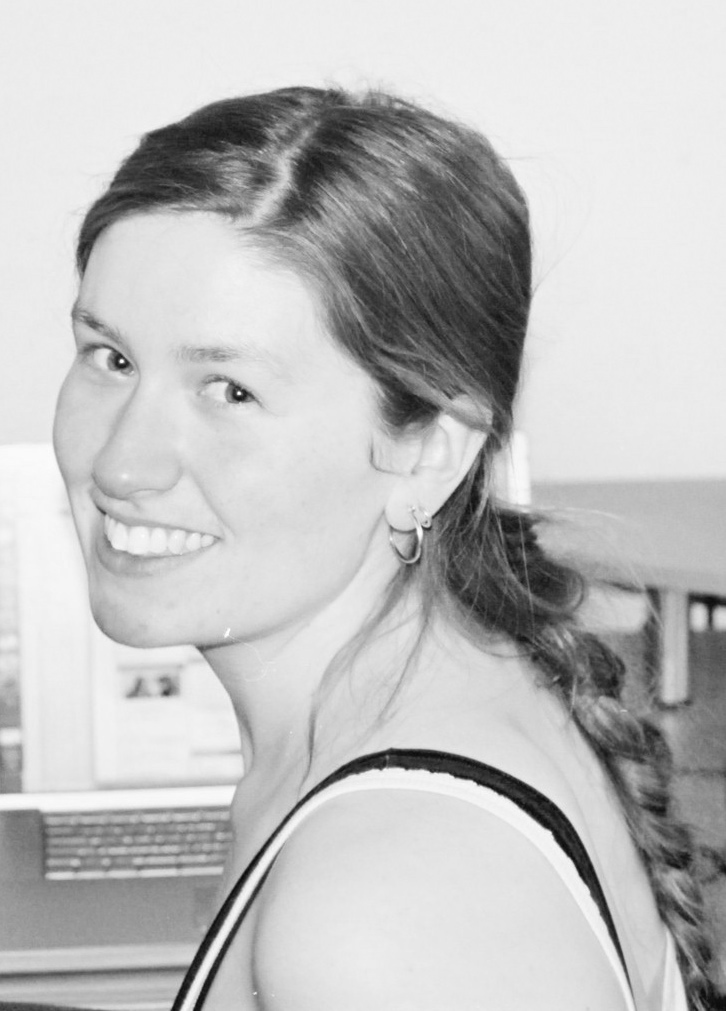Citizen Astronomy
When a small band of astronomers launched Galaxy Zoo almost a year ago, they didn’t know what to expect. They had a boatload of photos (scientific translation: roughly 1 million) depicting never-before-seen patches of the sky. These researchers and their colleagues lacked the time and stamina to sequentially sift through the images, one by one, classifying the galaxies they showed.

In theory, computers could have been tasked with screening those photos. But image-processing software doesn’t yet hold a candle to our brains’ accuracy at evaluating whether shapes match — or don’t — the samples they’ve been trained to compare.
So the researchers took a gamble. Not a terribly expensive one. But there was, theoretically, science on the line.
They loaded all of the images onto a computer along with a little training session and then, last July, invited all comers to log on and characterize the types of galaxies present in a randomly selected series of photographs that the site served up. All had been taken as part of the Sloan Digital Sky Survey.
From a scientific standpoint, Galaxy Zoo started paying dividends almost from day one. “This is not something we expected,” notes Chris Lintott, an OxfordUniversity scientist and “zookeeper.” The hope was that hundreds of people would log on. To date, almost 150,000 have.
And the idea that many of the images might one day be categorized illustrates how low the zookeepers’ expectations had been. On average, each of the images on the site has already been seen and characterized by 50 people. Those 50 million photo evaluations “is simply fantastic,” Lintott says, “and illustrates for us one of the huge advantages of getting the public involved. It gives us an error bar on the classifications.”
Even if the world’s best characterizer was cataloging a million galaxies, there’s no way to evaluate whether he or she got sloppy mid-way through. You’d either have to accept the individual’s assessment or not. “Here we have multiple independent classifications,” Lintott observes. And by essentially averaging their assessments — and, potentially identifying outliers — the experts can tabulate the viewers’ apparent reliability. In fact, if there’s no clear consensus, that may itself point to something the experts need to see for themselves.
Moreover, Lintott observes, “We soon realized the public is very good at finding weird things.”
One of the first to emerge — now known as Hanny’s Voorwerp — may be the only known celestial object of its kind in the universe. Lintott will be the lead author of a research paper that formally announces the weird object’s discovery. He expects to submit it next week for publication in the Monthly Notices of the Royal Astronomical Society. This journal, which neither comes out monthly nor runs notices of the RAS, is the leading British site for astronomical publishing.
To show how much he and his colleagues value the nonscientist who first brought the object to their attention (a Dutch primary school teacher named Hanny van Arkel), they will make her a co-author on their paper.
The Voorwerp was hardly the only oddity zoogoers identified. “We’ve now collected a long list of weird things,” Lintott says. Some are objects that appear to be so-called gravitational lenses. “And we have this wonderful object called the blue banana.” He acknowledges having “no idea what it is yet. So at some point I’ve got to spend a few days trying to find out.”
But that’s when he gets a spare moment. Besides having full-time jobs, Lintott and the other zookeepers have been scurrying around at a furious pace to make use of the steady stream of data being served up by the public zoogoers. “We’ve already submitted four papers to the journals based on Galaxy Zoo data,” Lintott told me last night, “and there are about 25 separate research projects underway” based on GZ assessments.
So successful was Galaxy Zoo, that its developers will shortly roll out Galaxy Zoo Two. It will “ask the public to make more detailed classifications than we have before of the brightest quarter-of-a-million galaxies or so,” Lintott says. And the new zoo will make it easier to identify the more unusual objects. Viewers can simply tag images they think deserve professional follow-up.
The best thing about this is that it engages the public in science and lets former outsiders experience not only the wonder of discovery but an ability to interact online with scientists and fellow enthusiasts. Actually, it sounds a lot like being a Science News reporter.







